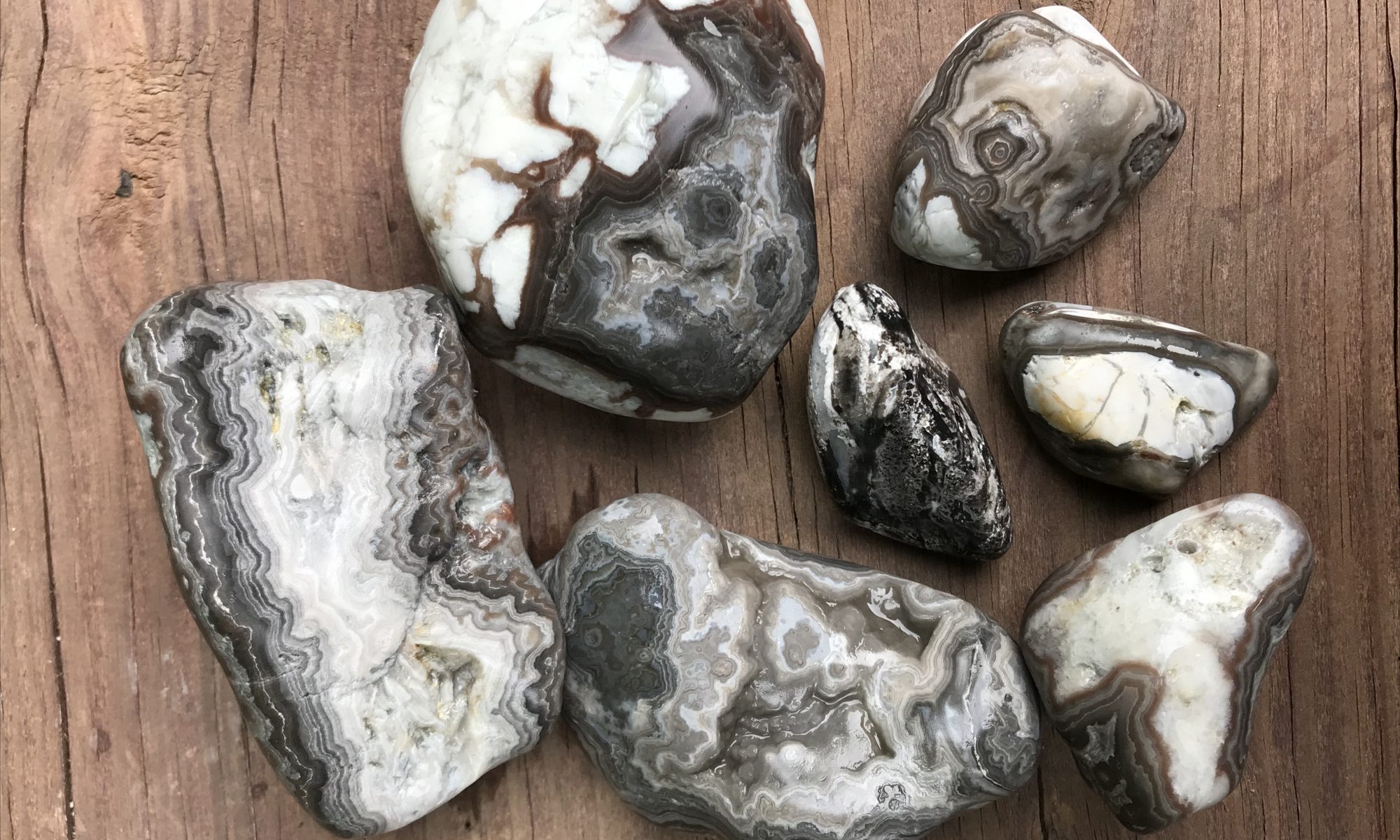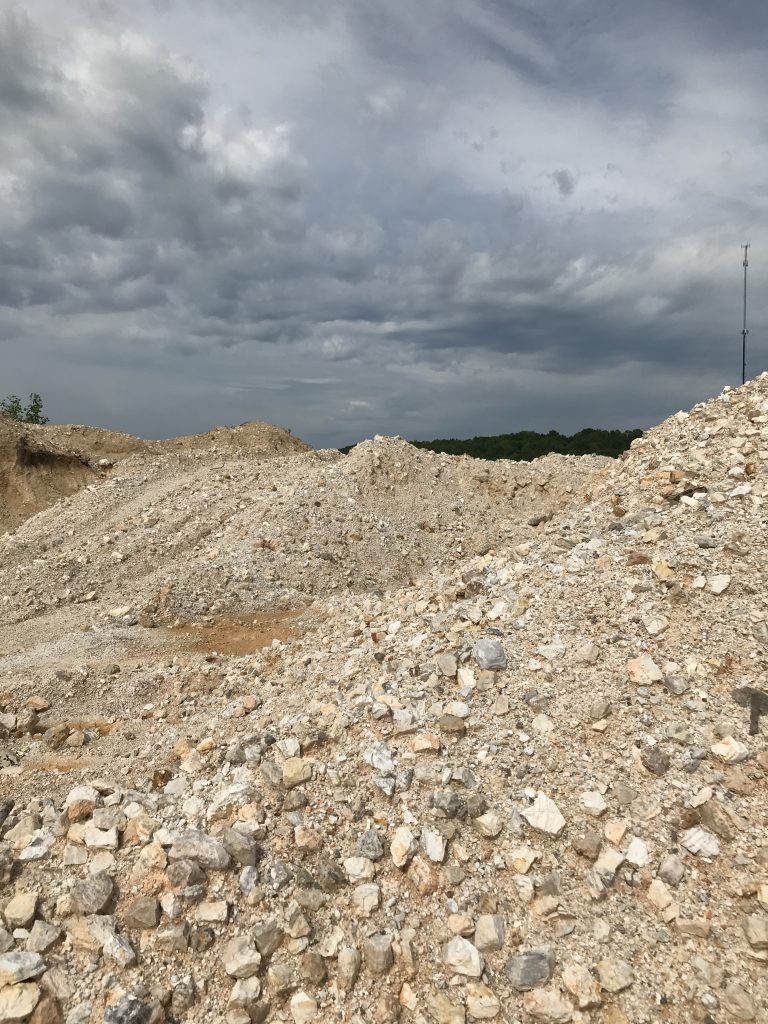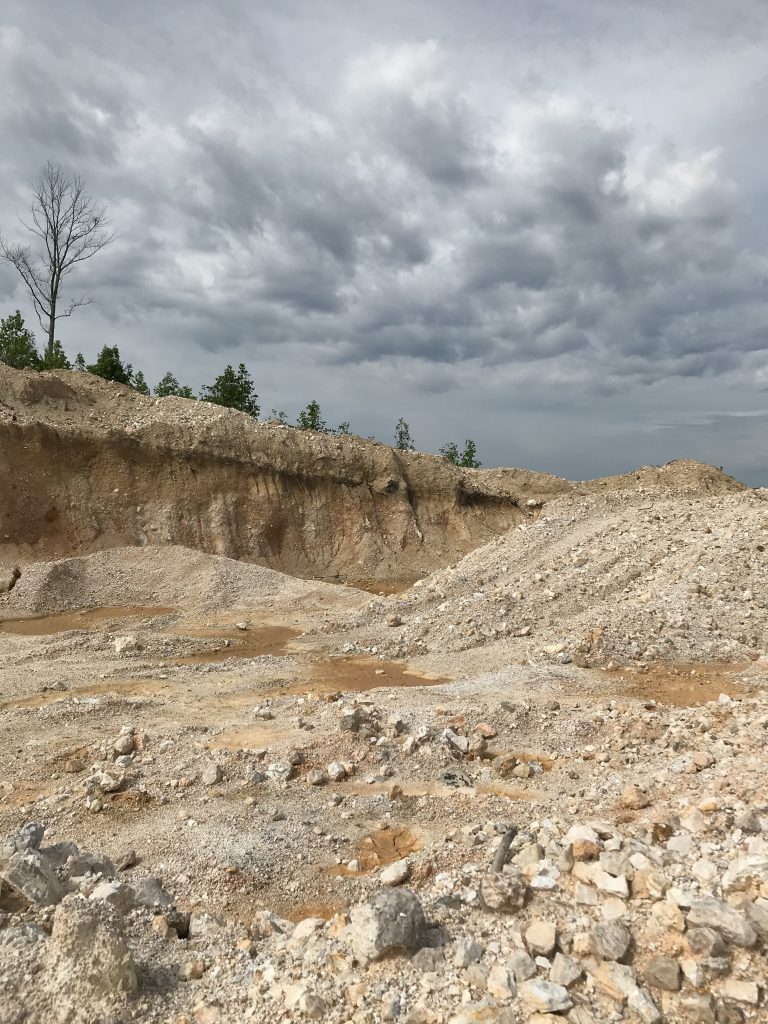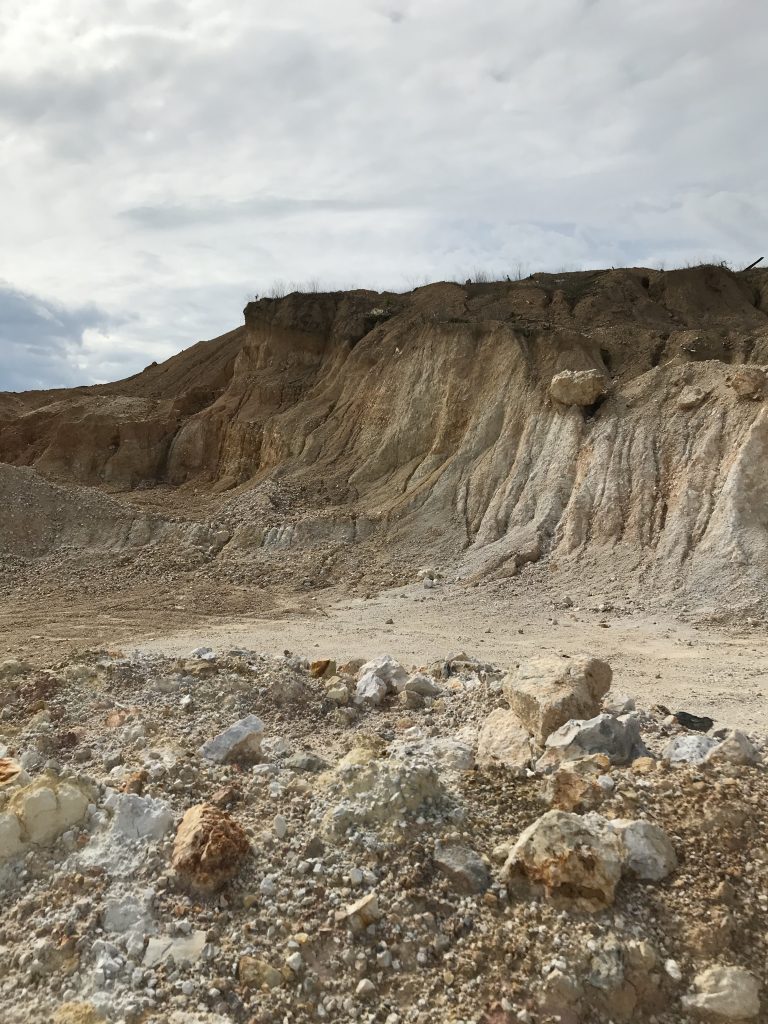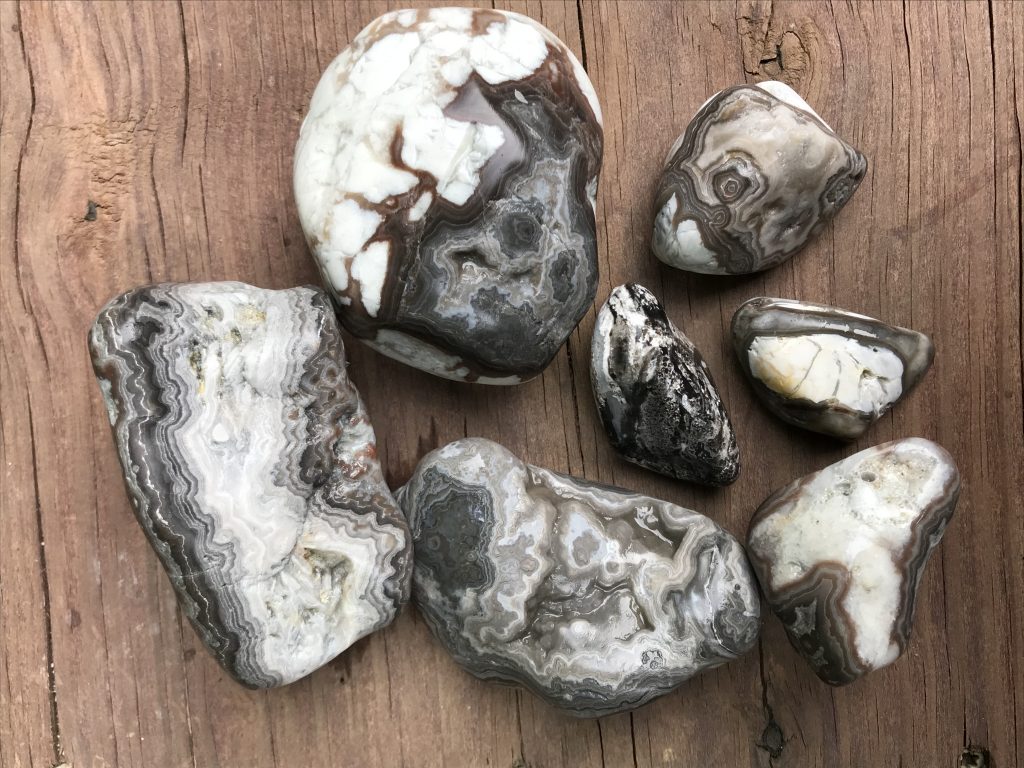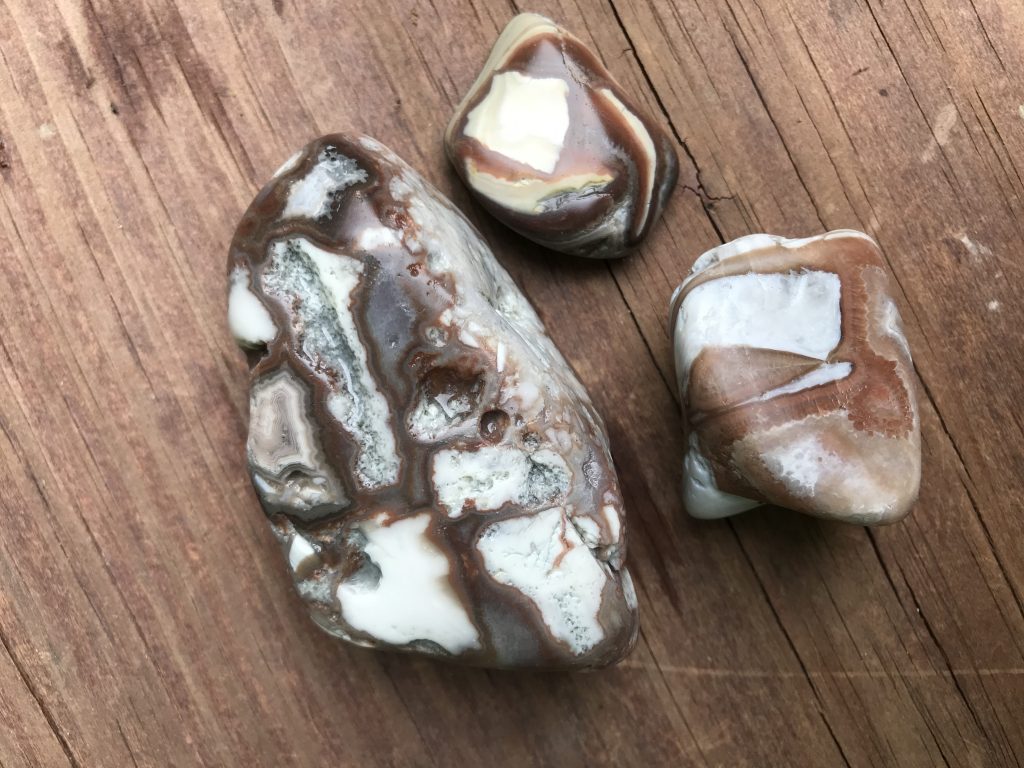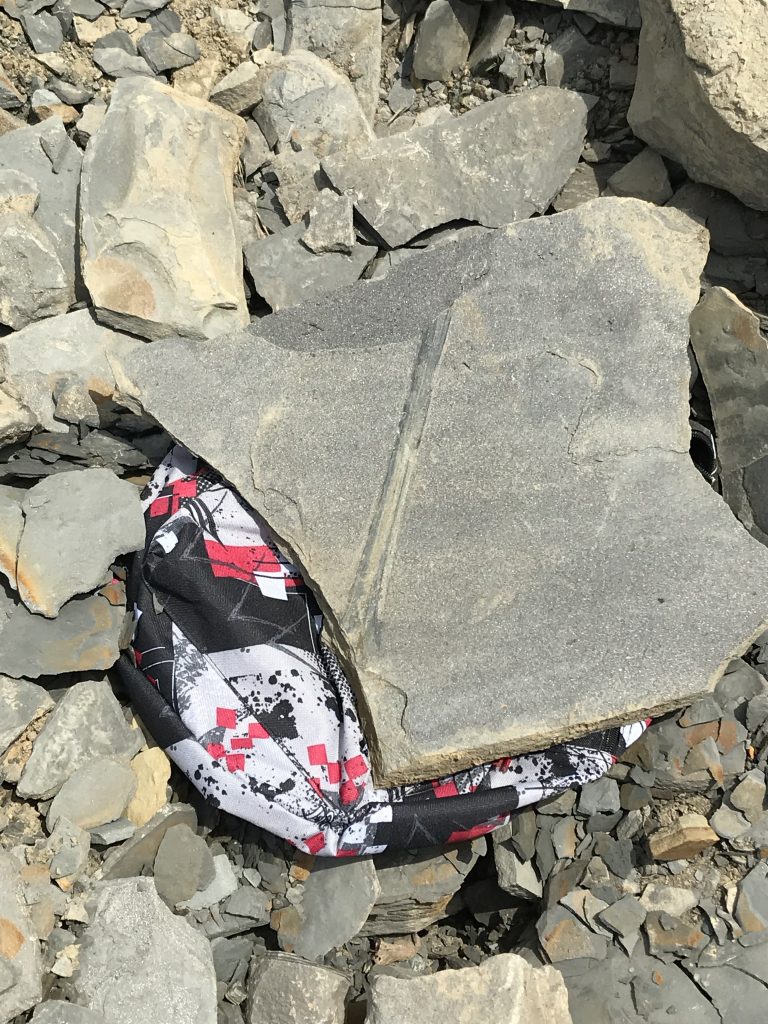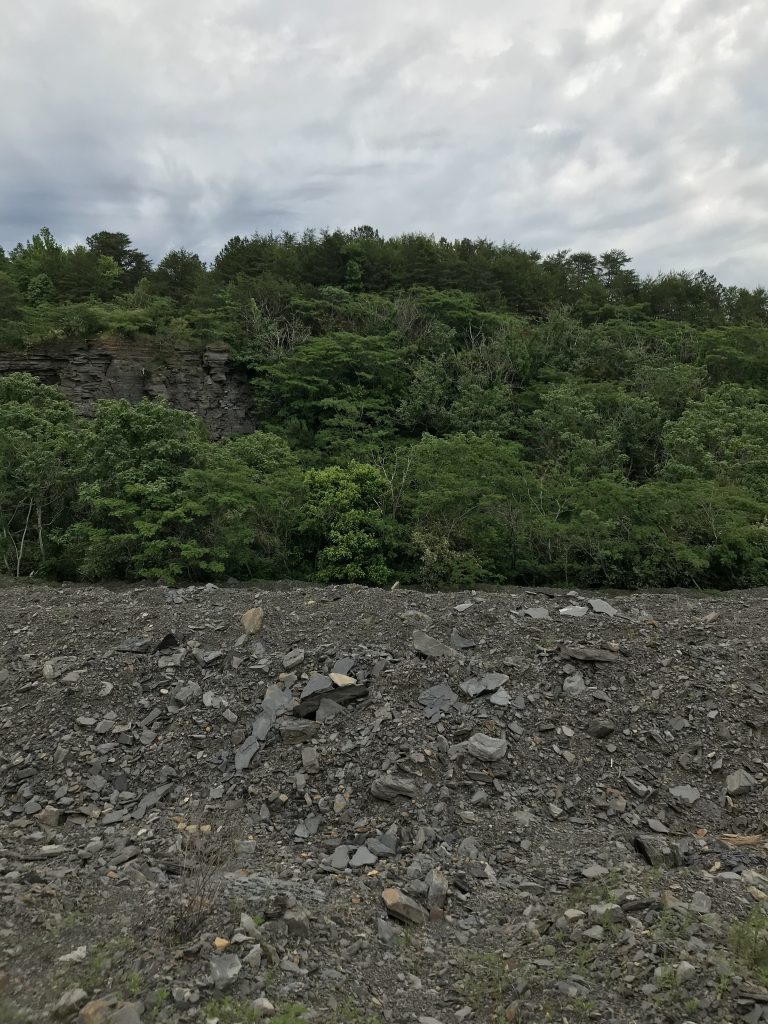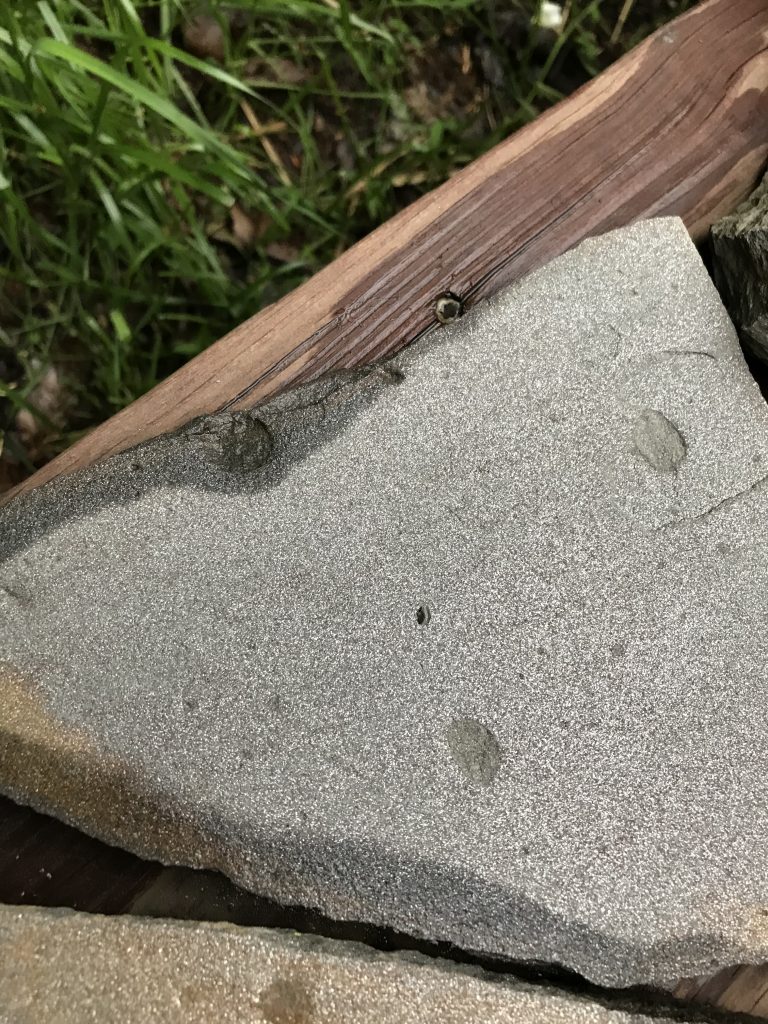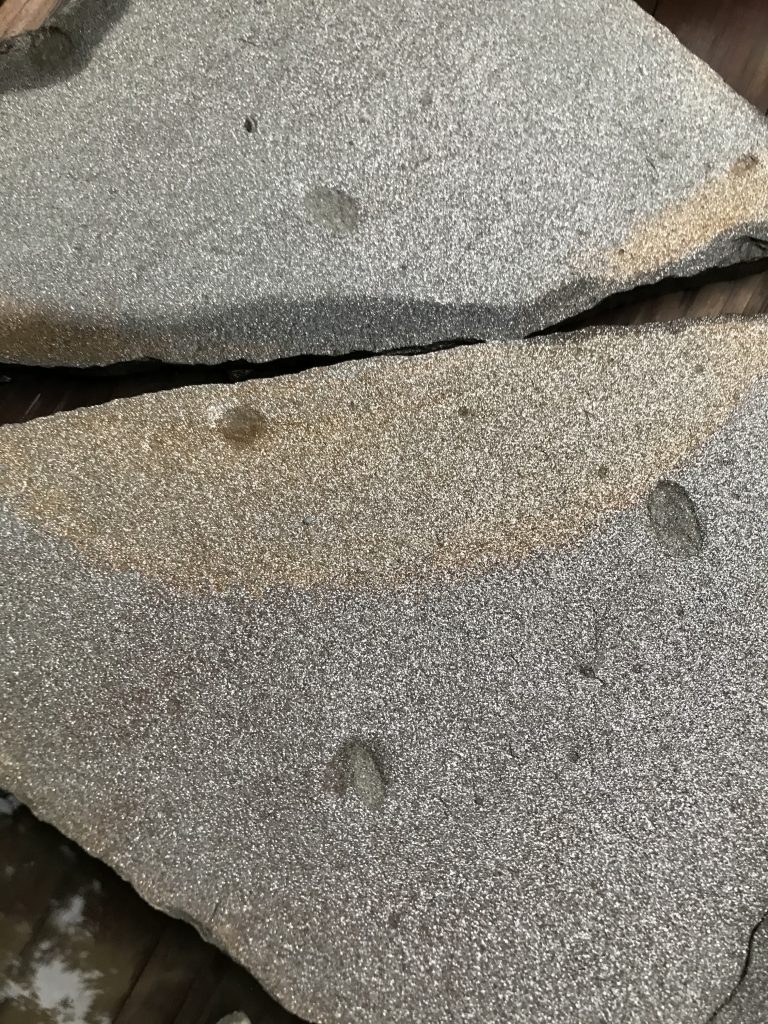American Geode are a team of explorers, rockhounds, self taught geologists, and occasional gem, mineral, and fossil dealers. We are also buyers and consumers here in America of US and foreign goods, and for all the talk lately about the effect of Trump Tariffs on the price tag of every day items, we are sharing the profound and crushing effect the Trump tariffs will inflict on the US gem, mineral, and fossil market.
Finding a site, mine, vein, outcrop in the United States with semi precious or precious gems or interesting fossils is very difficult as most US land is off limits to exploration. The majority of US land is privately owned or is protected state or federal land like forests, parks, and preserves. State and federal laws prohibit collecting stones in abundance, if at all. Private property owners with precious stones on their property may permit access, such as Graves Mountain, https://www.americangeode.com/blog/graves-mountain-a-rockhounds-mecca/ or the sites in upstate New York near Herkimer for the Herkimer Diamonds, http://www.americangeode.com/herkimer.php. Sites like those do permit mining and collecting of minerals or stones for a fee, with limits on how much you can retrieve and carry out. So there are very means or opportunities for someone in the US to sources and sell US stones or minerals. Even mining from the pay-to-dig sites do not allow enough access or chance to mine enough stones to sell in the market. So gem, mineral, and fossils dealers turn to China, India, Brazil, and Mexico for wholesale minerals and fossils they can resell here.
(Analysis Continued Below the Images)




Dealers are able to sell online and at various weekend shows throughout the country. The stones are heavy to transport, safely pack and unpack, and most often the dealers are driving to transport their “rock shop” in a car as flying is not an option due to the high chance the stones would be damaged in a checked bag. So the costs of doing business as a stone or fossil dealer are high enough already. Many dealers import and buy their stones from other countries where, like all the other items that Americans enjoy, they are so much cheaper. The private property laws are different overseas, so there are companies able to mine the quantity, volume and scale to sell their stones overseas. The labor costs in these countries is also lower than the lower costs in the US, and these are also “mining” jobs that few in America in 2025 and onward would seek out to pursue. So China, India, Mexico, or Brazil are able to sell stones and ship them to US dealers at prices that the US dealer would consider at or below wholesale, and so low that they can add a 50% margin so they have room to lower the price when a customer wants to negotiate. Trump tariffs with these countries would remove the viability and opportunity for full time and part time dealers and sellers to continue their small business. The overseas minerals are affordable for US dealers to import, until the Trump Tariffs kick in, and in many instances, China or India are the only source of the stone. Take Jade for instance. While some types of jade are found on the US West Coast, the vast majority is only found in China and India. While Indiana does offer some curious geodes, http://www.americangeode.com/, the most sparkly, colorful, and largest geodes are from Mexico and Brazil. Any major fossil producing site in the US is on protected land except in the most rare occasions such as when we visited the haunted and abandoned town of Centralia, Pennsylvania, http://www.americangeode.com/blog/fern-fossils-discovery-centralia-pennsylvania/. Many fossils sold in the US come from Morroco for instance, where laws allow for the excavation and digging necessary to steadily provide fish fossils.
So there is not a way for Americans to bring back these mining and excavating opportunities or sites to our shores. American dealers and sellers can’t turn to their backyards and start digging up new American inventory. The return of a gem, mineral and fossil market to America is as unlikely and difficult for gem, mineral, fossil dealers as it is for the cellphone, TV, laptop, avocado, wine, cheese markets, etc. and so on (and the list keeps growing). Also, gem, mineral and fossil buyers are infamously and notoriously frugal and seeking bargains. They will shop around, they will pit two dealers at the same show against one another for a lower price, and they can walk away from a purchase too. So this is not a market filled with wealthy buyers and consumers, so the dealers keep their prices close to fair market value anyways, making becoming rich off selling rocks highly unlikely.
While gems, minerals, and fossils are not eggs or fruits or cars, to these dealers and sellers, this is their livelihood and income. Selling rocks is hard enough. We know from experience. Only someone whose head is full of rocks would think the Trump tariffs will help the US gem, mineral, and fossil markets.

